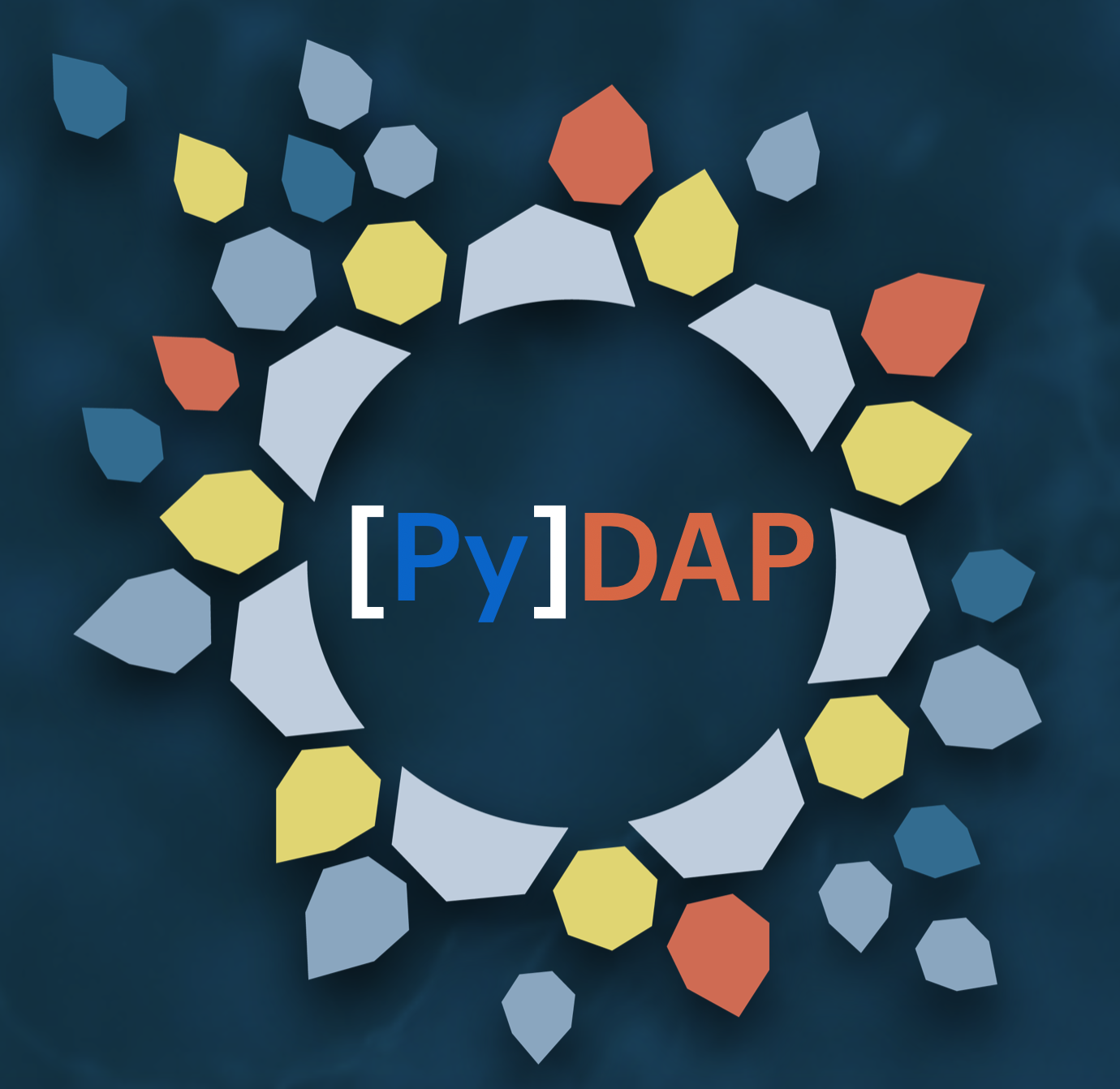How to install#
Starting with the latest release 3.5.1, the installation of pydap is now split into two possible options:
1. Client-only#
To install pydap to use only as a client API, you can do:
$ pip install pydap
or:
$ conda install pydap
Note
If you already have mamba installed, you can replace all conda in the commands with mamba.
This installation of pydap will include the minimal dependencies to allow users to subset remote data on OPeNDAP servers.
2. Complete installation#
To recover the full installation of pydap, which includes the packages for using pydap as a client and as a server, run:
$ conda install pydap-server
This installation of pydap will include the dependencies to allow users to: a) subset remote data on OPeNDAP servers; and b) use pydap’s server to make data available.
Dependencies#
Minimal Required#
The following are required to run pydap as a client.
python>=3.10numpyscipyrequestsrequests_cachebeautifulsoup4lxmlWebob
These are install with every pydap installation.
Reproducible (conda) environments#
You can easily use conda to install pydap or pydap-server, along with any optional packages for sharing a reproducible workflow. For example:
$ conda create -n pydap_env -c conda-forge python=3.11 pydap-server
$ conda activate pydap_env
Note
If you already have mamba installed, you can replace all conda in the commands with mamba.
Optional to run notebooks in this documentation#
matplotlibjupyterlabcartopyxarray
To install the latest pydap version (client-only), directly from the GitHub repository, run:
$ pip install --upgrade git+https://github.com/pydap/pydap.git
This version is not stable as it is being actively developed and improved upon by contributors and maintainers of the pydap package.
If you are interested in installing pydap in developer mode to potentially contribute to the package, go to Contributing to the code.
